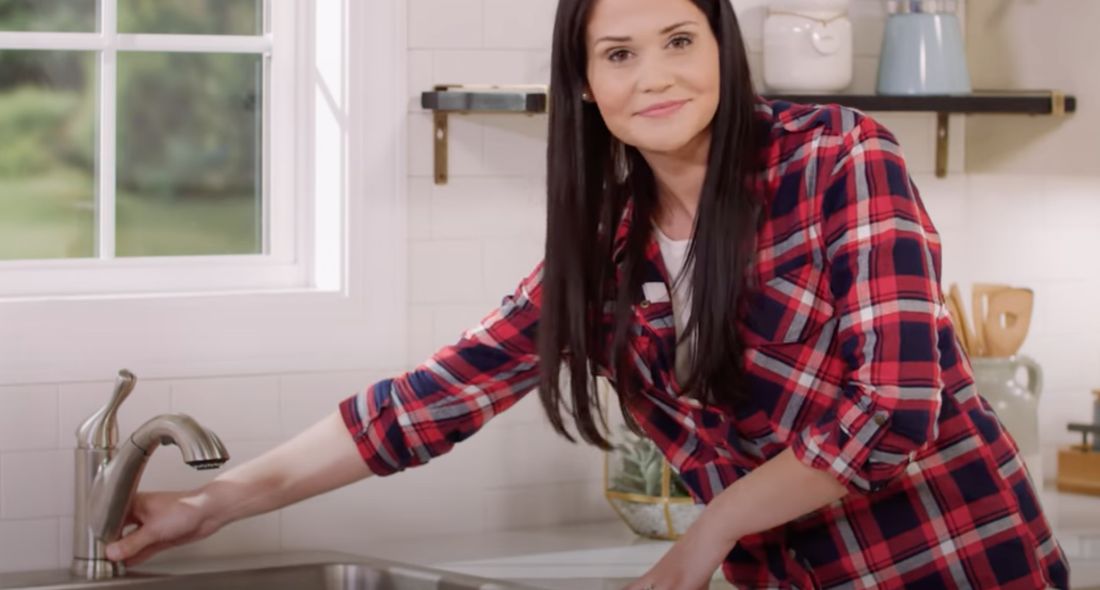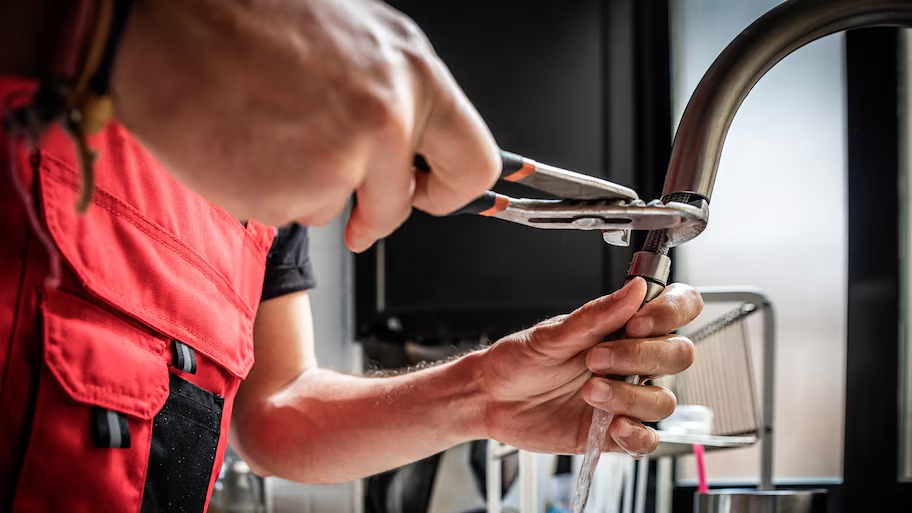The Merits of Repairing a Faulty Faucet
The Merits of Repairing a Faulty Faucet
Blog Article
How do you actually feel about What Causes Leaky Faucets & How To Fix Them?

Leaking taps might appear like a small aggravation, however their influence surpasses just the annoyance of the audio. From drainage to sustaining unnecessary economic costs and health and wellness threats, ignoring a dripping faucet can cause numerous consequences. In this short article, we'll explore why it's critical to resolve this common house issue quickly and efficiently.
Wastage of Water
Environmental Impact
Dripping faucets contribute significantly to water wastage. According to the Epa (EPA), a solitary tap leaking at one drip per second can lose more than 3,000 gallons of water per year. This not just stress water resources but additionally impacts communities and wild animals depending on them.
Financial Costs
Boosted Water Bills
Past the environmental influence, dripping taps can inflate water costs significantly. The accumulated waste over time equates into greater utility costs, which can have been prevented with timely repair services.
Possible Residential Or Commercial Property Damages
Additionally, prolonged trickling can result in damage to fixtures and surface areas surrounding the tap. Water build-up can cause discoloration, corrosion, and also architectural issues if left unattended, causing extra repair work expenses.
Health and wellness Problems
Mold And Mildew and Mold Development
The continuous presence of dampness from a trickling faucet produces an excellent atmosphere for mold and mold development. These fungi not only compromise interior air top quality but also present wellness threats, particularly for individuals with respiratory conditions or allergies.
Waterborne Diseases
Stagnant water in trickling taps can come to be a breeding place for microorganisms and various other microorganisms, enhancing the risk of waterborne diseases. Contaminants such as Legionella microorganisms prosper in stagnant water, possibly causing major diseases when consumed or breathed in.
DIY vs. Specialist Repair service
Advantages and disadvantages of DIY Repair Service
While some may attempt to deal with a leaking tap themselves, DIY fixings come with their very own collection of difficulties. Without correct knowledge and tools, DIY efforts can exacerbate the problem or cause incomplete repair work, lengthening the issue.
Advantages of Hiring a Specialist Plumber
Working with a professional plumber makes sure that the underlying source of the trickling faucet is addressed efficiently. Plumbing professionals possess the competence and devices to identify and repair faucet issues efficiently, saving time and minimizing the risk of more damages.
Step-by-Step Guide to Repairing a Dripping Tap
Devices Needed
Before trying to take care of a dripping faucet, collect the needed tools, consisting of a flexible wrench, screwdrivers, replacement components (such as washing machines or cartridges), and plumber's tape.
Typical Faucet Issues and Their Solutions
Recognize the type of tap and the particular concern triggering the drip. Usual issues consist of worn-out washing machines, rusty valve seats, or damaged O-rings. Refer to supplier instructions or on the internet tutorials for step-by-step advice on fixings.
Safety nets
Normal Upkeep Tips
To avoid trickling taps, do routine maintenance such as cleansing aerators, evaluating for leakages, and replacing damaged components quickly. Additionally, take into consideration setting up water-saving devices or upgrading to extra effective components.
Value of Prompt Repairs
Resolving leaking taps as soon as they're seen avoids more water wastage and prospective damages, inevitably saving both water and cash in the future.
Impact on Property Value
Understanding of Well-Maintained Home
Keeping a home in good condition, consisting of attending to maintenance concerns like trickling taps, boosts its perceived worth and worth among prospective customers or renters.
Impact on Resale Worth
Residences with properly maintained plumbing fixtures, including faucets, command greater resale worths in the real estate market. Dealing with leaking faucets can add to a favorable perception throughout property examinations and negotiations.
Environmental Responsibility
Specific Payment to Conservation
Taking obligation for repairing dripping taps straightens with wider initiatives toward water preservation and ecological sustainability. Every individual's activities jointly make a substantial effect on maintaining priceless resources.
Sustainable Living Practices
By focusing on punctual repair work and embracing water-saving behaviors, people contribute to sustainable living practices that benefit both present and future generations.
Conclusion
Dealing with a dripping faucet exceeds simple benefit; it's a necessary action toward saving water, decreasing monetary costs, and safeguarding health and building. Whether via DIY repair work or professional aid, doing something about it to take care of dripping taps is a little yet impactful way to advertise accountable stewardship of resources and contribute to a much healthier, much more sustainable future.
How to Fix a Leaky Faucet: Step-by-Step Repair Guide
A leaky faucet may seem like a simple annoyance, but if it's not fixed promptly, that leak could cost hundreds to potentially thousands. From water damage to mold, mildew, and high water bills, even a tiny leak can be catastrophic if left unattended. Damage like this can even affect the overall value of your home, so it's important to take the right approach for leaky faucet repair. You may need the help of a plumber in some cases, but we've got a few tips you can try on how to fix a leaky faucet before calling the pros.
Four Faucet Types
When you're learning how to fix a leaky faucet, the first step is knowing what kind of faucet you're working with! There are four common types.
Cartridge Faucets
Cartridge faucets come in one- or two-handled varieties. In one-handled cartridge faucets, hot and cold water combines in a single cartridge. In the two-handled versions, hot and cold water are controlled separately and mixed in the faucet.
Ball Faucets
Ball faucets have a single lever you push up and down to adjust the pressure and rotate to change the temperature. A slotted metal ball controls the amount of water allowed into the spout.
Compression Washer Faucets
They're the oldest type of faucet, but they're still used in many homes — especially older ones. Compression faucets have two separate handles that, when turned, raise or lower the washer that seals a water valve. This valve stops water from flowing through the faucet when it is turned off.
Disc Faucets
Disc faucets rarely need to be repaired due to their maintenance-free design. The water flow is controlled by two discs — the upper one raises and lowers against a fixed lower disc, creating a watertight seal. If your disc faucet starts leaking, you may need to replace the seals or clean residue buildup from the inlets.
Fixing a Leaky Faucet
Step 1: Turn Off the Water
Whether you're learning how to fix a leaky bathtub faucet or how to fix a leaky kitchen faucet, always turn off the water supply to your working area when you're fixing a leak. The last thing you want is a flood added to your list of things to fix.
Look for the shutoff valves below your sink or around the tub and turn them clockwise to stop the water flow. If your faucet doesn't have shutoff valves, you may need to turn off the water for the whole house. Check to make sure it's off by turning the faucet on. If nothing comes out, you're ready to start the repair.
Step 2: Take Apart the Faucet
How you disassemble your faucet depends on the type of fixture you have. You can use a flathead screwdriver to remove the caps on top of the handle or handles for cartridge and compression faucets. Inside, you should see handle screws. Unscrew these with a screwdriver to remove the handle.
Disc- and ball-style faucets will typically have an inlet screw near the handle, and removing that will reveal the interior of the faucet.
Detach the Valve Stem
For cartridge- and compression-style faucets, you'll see the inner valve stem or cartridge once you remove the faucet handles. If you have a compression faucet, unscrew the brass valve stem. If you have a cartridge faucet, pull out the cartridge. If your cartridge has been in place for a while, it may require some tools or extra force to remove it due to mineral deposits.
Examine and Replace Parts
Once you've removed the parts, check them out to confirm what needs to be replaced. You may see corroded rubber washers, O-rings, stems, or cartridges. On a ball-style faucet, check the seats and springs for damage.
If you need to repair a leaky disc faucet, check the inlet and seals on the lower disc.
Once you determine what parts must be replaced, visit your local hardware store. Bring the damaged parts with you to ensure you can purchase the correct components to replace them.
Clean Valves and Faucet Cavity
If you've removed a stem or cartridge, you may notice mineral buildup in the faucet's threads. Use white vinegar to clean the valve seat by soaking it for a few minutes, then scrub it away with a soft toothbrush and rinse with warm water. You can also clean the interior of the faucet in the same way.
Reassemble the Faucet
Once your faucet is cleaned and the required parts have been replaced, it's time to reassemble it. Put the pieces back together and slowly turn the water supply back on. Doing this slowly is crucial because too much initial water pressure can damage the new hardware you've just installed.
https://homewarranty.firstam.com/blog/how-to-fix-leaky-faucet

We were brought to that write-up about Why Are My Faucets Dripping (And Can I Fix It Myself)? through a buddy on another web blog. If you please take the opportunity to distribute this post if you enjoyed reading it. We thank you for your readership.
Report this page